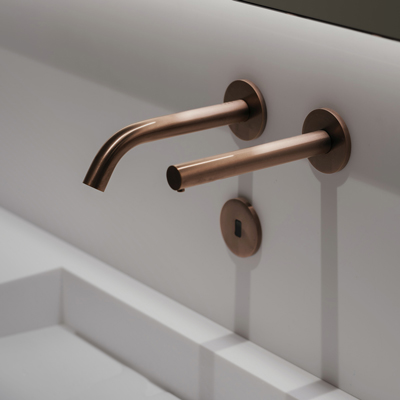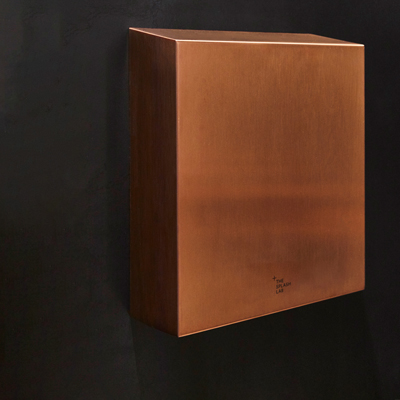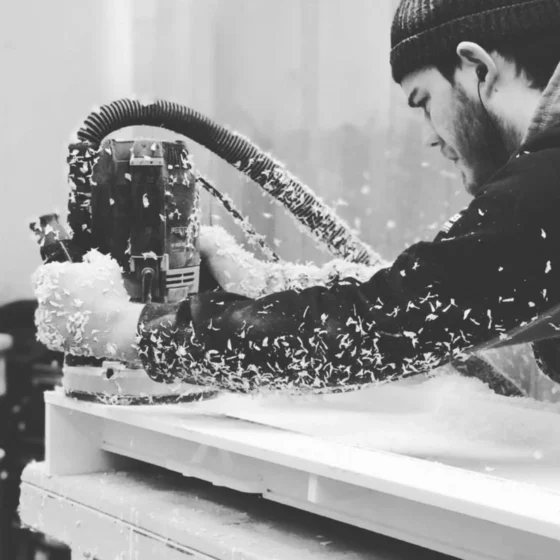Free download
Please complete the form to access the download.
The Splash Lab uses the contact information you share with us to provide information about our products and services. For details on unsubscribing from these communications, as well as our privacy practices and commitment to protecting your privacy, check out our Privacy Policy.











